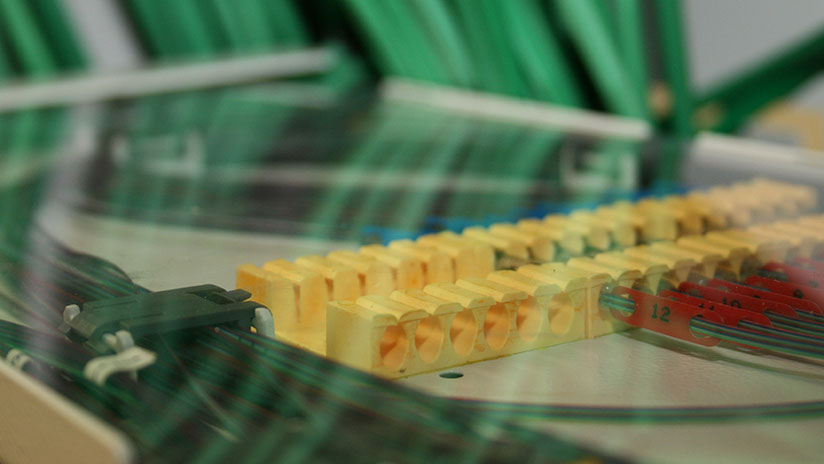Technical information
In order for you to be confident in our standards and what we have delivered in terms of fibre, connector type and attenuation, you always get a connection report on delivery. Below you can see our standards regarding our fibre network, but we can also deliver several other variants based on your needs.

Cable size
An optical fibre cable has a core of pure silicon (SiO2) and a sheath against which the light pulses are reflected. Stokab's cable dimensions are 480-, 640-, 1000-fibres and most recently also 1728 fibres in a fibre cable (2019). Optical fibre according to the standard ITU-T-rec G.652B or later.
Single-mode fibre
Stokab uses single-mode fibre, which has low attenuation (i.e. the light pulse weakens marginally) and can handle communication over long distances and allows very high transmission capacity. The single-mode fibre (SM) in Stokab's network is in accordance with ITU-T G.652B-D and G.657A1-A2. Some marine cables also include G654 and G655.
10/125 mm is left in the termination box, ODF, with SC/xPC connector.
We do not use multi-mode fibre that has limited transmission capacity. Multi-mode fibre is best suited for short distances and for local installations, for example, in buildings.
Connector standards
In our core network, we use standardized connector types that take advantage of as much of the light pulse as possible with the best reflection values on the market (SC/APC).
A fibre connection to you as a customer always ends with a patch cable (connecting cable) in an access point. We can supply a number of different variants, but the connector standard at the customer access point is SC/UPC and LC/UPC.
If an order involves requests for other connectors, or if there are requirements for APC contacts for the entire route, we can of course arrange this.
Standard connector SC, according to ITU-T, of type IEC 61754-4, with reflection attenuation better than 40 dB. Connector attenuation shall not exceed 0.3 dB.
Attenuation
At 1285-1330 nm, the maximum permissible attenuation is 0.40 dB/km, and at 1530-1570 nm the maximum permissible attenuation is 0.25 dB/km. The attenuation of the joints shall be 0.1 dB, and the attenuation on individual joints shall not exceed 0.2 dB.
The total attenuation of a connection is calculated as follows:
Connector in access point A + number of joints + number of cross connections + fibre length and km attenuation at wavelengths 1310nm and 1550nm + Connector in access point B.
When delivering a fibre connection, a connection report is always provided. It's a measurement record that shows that we have delivered, what we have agreed on regard to the technical parts. It describes, among other things, cable length, patch cable placement and measured attenuation.
Contact us
Please feel free to contact us at any time – your connection is only a phone call away.
With the world’s largest neutral fibre network at our disposal, we can quickly and easily make arrangements to meet your specific fibre needs. All you need to get started is a VAT-number.

